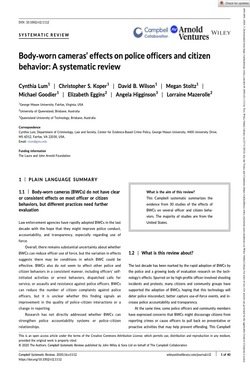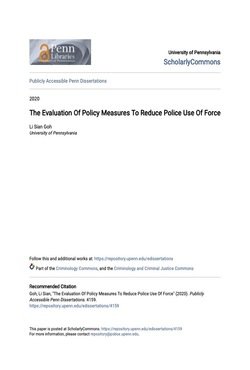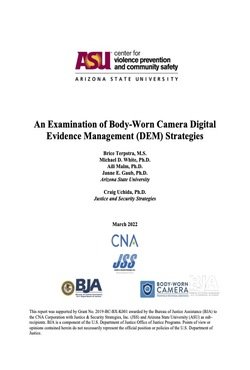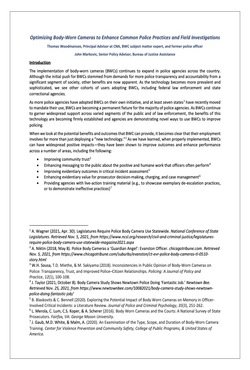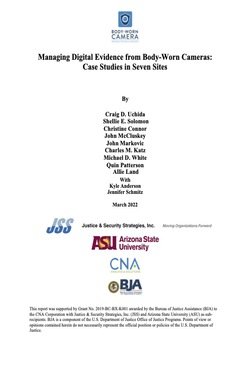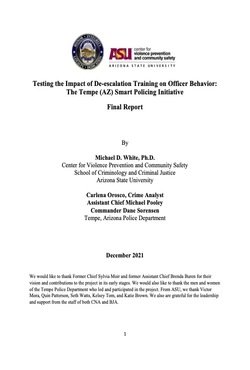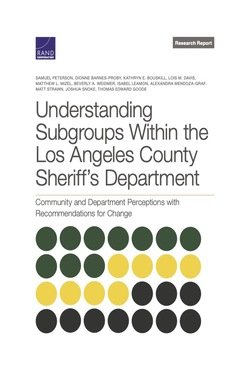By Taeho Kim
Body-worn cameras (BWCs) have received extensive attention as a key reform to restore police legitimacy. I study the causal effects of BWCs on law enforcement outcomes by conducting a nationwide study of BWCs across 947 agencies that adopted BWCs between 2014 and 2016 in the US. I find that BWCs led to decreases in the use of force but the increased oversight did not reduce crime control activities. By examining social media usage from Twitter, I also find suggestive evidence that BWC adoption has improved public opinion toward the police.
Unpublished paper, 2019. 84p.



